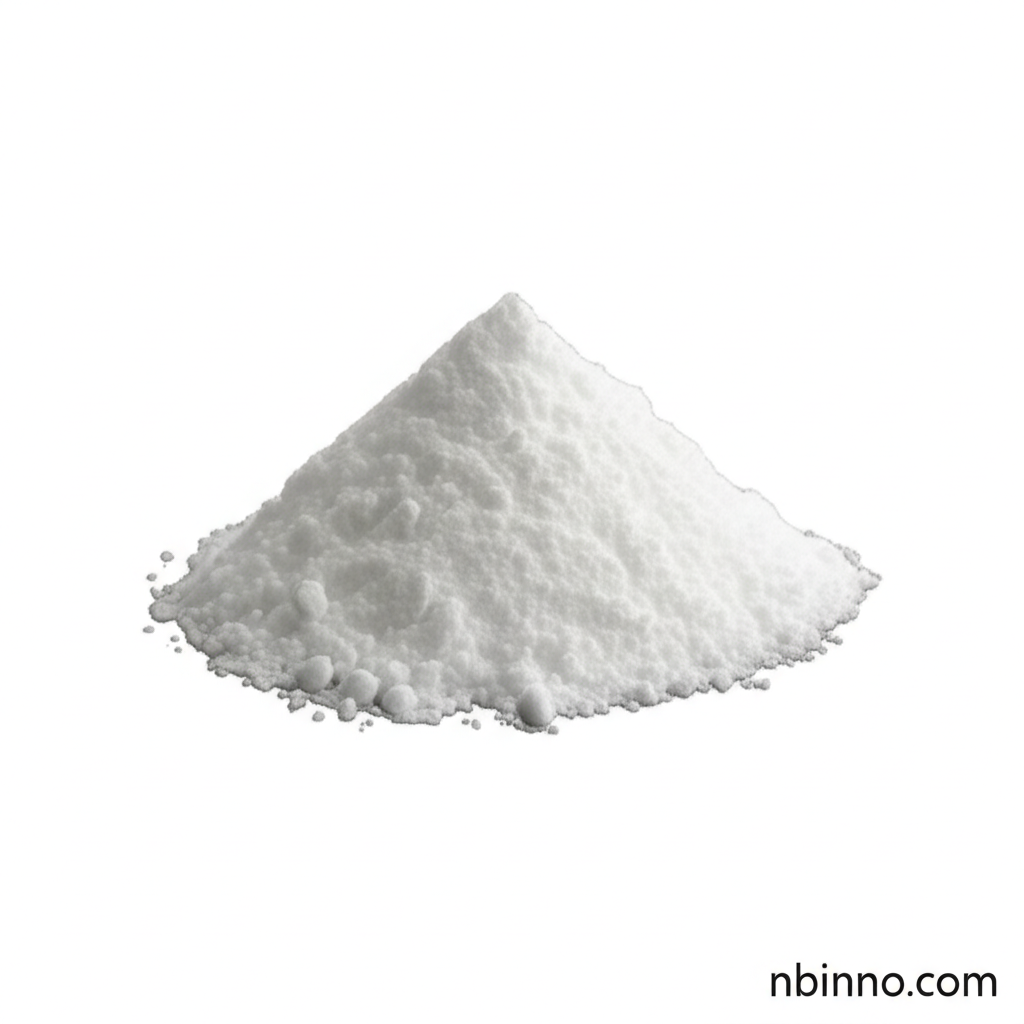2-Hydroxy-5-methoxyisoindoline-1,3-dione: A Key Intermediate in Organic Synthesis
Discover the synthesis, properties, and applications of this vital chemical building block for your research needs.
Get a Quote & SampleProduct Core Value

2-Hydroxy-5-methoxyisoindoline-1,3-dione
This compound is a crucial chemical intermediate widely utilized in organic synthesis. Its well-defined structure and high purity make it an indispensable component for researchers developing new chemical entities and advanced materials.
- Leverage the power of 2-hydroxy-5-methoxyisoindoline-1,3-dione applications in creating novel organic compounds.
- Ensure reliable results with CAS 214754-50-4 properties, offering consistent performance in chemical reactions.
- Utilize this valuable building block in organic synthesis to accelerate your research and development processes.
- Source high-quality chemical intermediates like 2-hydroxy-5-methoxyisoindoline-1,3-dione for your laboratory needs.
Key Advantages
High Purity Guarantee
Benefit from the assurance of high purity (>98.0%), crucial for achieving accurate and reproducible outcomes in your chemical synthesis projects.
Versatile Building Block
Employ this compound as a versatile building block in organic synthesis, enabling the creation of complex molecular structures.
Reliable CAS 214754-50-4 Properties
Trust in the well-documented CAS 214754-50-4 properties for predictable behavior and efficient reaction pathways.
Key Applications
Organic Synthesis
Explore the extensive 2-hydroxy-5-methoxyisoindoline-1,3-dione applications in various organic synthesis pathways, contributing to the development of new molecules.
Chemical Research
As a vital chemical intermediate, its unique structure supports diverse chemical research endeavors, driving innovation in materials science and medicinal chemistry.
Intermediate Production
This compound serves as a critical intermediate for the production of more complex fine chemicals, essential for advanced industrial processes.
Material Science
Investigate its potential in material science, where its properties can be leveraged to engineer novel materials with tailored characteristics.
